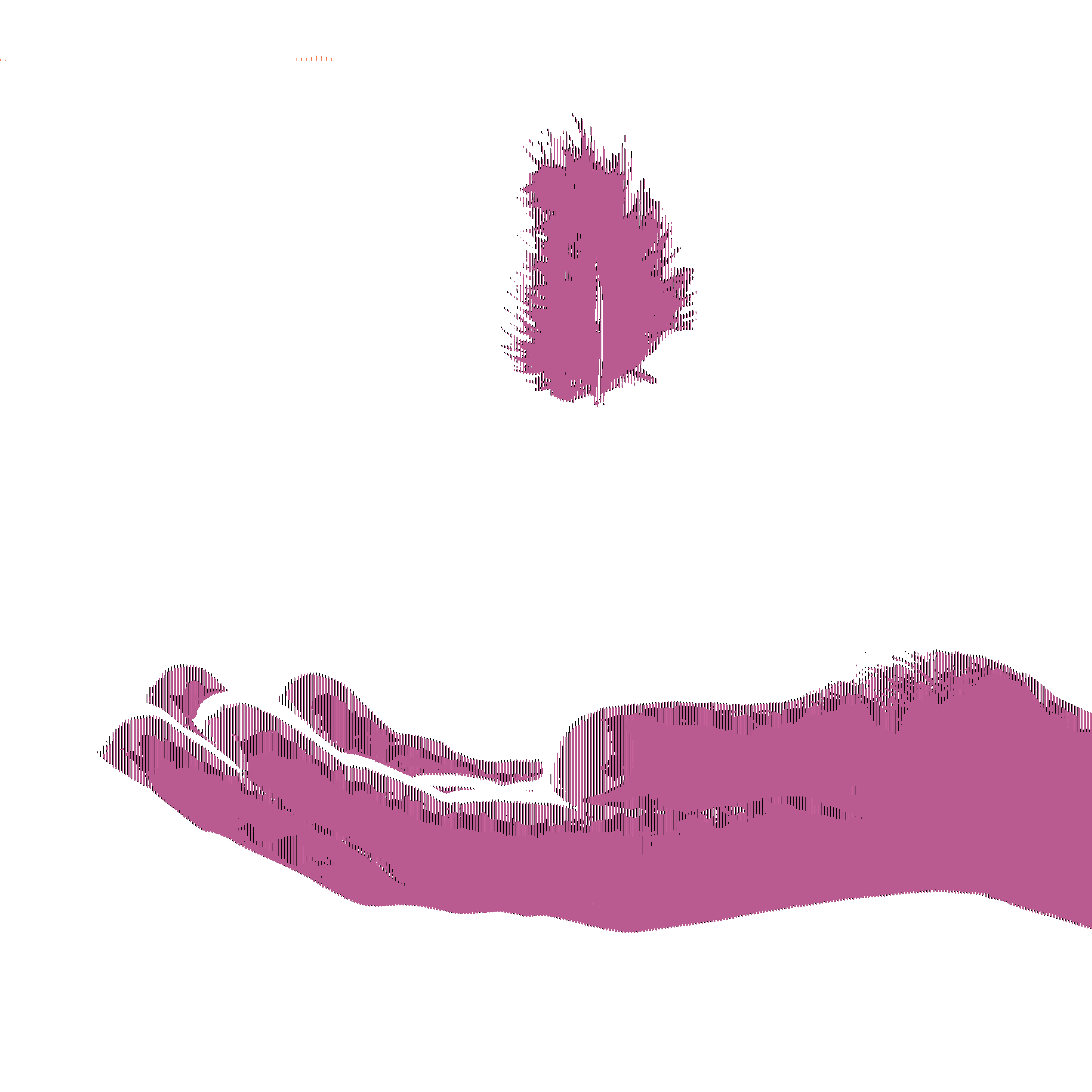Jen Marlowe, for the Pulitzer Center
Jen is currently documenting and writing about education, infrastructure and health care, which remain among the most vital needs in rebuilding South Sudan.
The following is an excerpt from a piece that appeared on World Focus on January 25, 2010.
Tension was under the surface as we negotiated with the contractor, trying to chip away another $10,000 from his bid. The price to build a school in South Sudan, I have learned, is exorbitantly high.
I am here with Gabriel Bol Deng, who is featured in my new documentary film, Rebuilding Hope. Gabriel Bol, one of the "Lost Boys of Sudan" has been raising money for three years to build a school in Ariang, his native village. We were not prepared for just how costly such a venture is.
South Sudan came out of decades of devastating civil war only five years ago. Infrastructure was nearly non-existent when the Comprehensive Peace Agreement (CPA) was signed in 2005, and now, five years later, its improvement has been creeping at best.
Nearly all the raw materials needed for construction is either imported from Uganda or brought in from Khartoum in the North. The price of the materials reflects the distance it had to travel to reach South Sudan. Located in Warrap state, Ariang's isolation increases the cost as well.
Transportation to get all the building materials on site will cost almost $70,000. Cutting corners to get the price down is not recommended.
Three years ago, the NGO World Vision built four schools in Warrap State. The iron-sheeting roofs of all four blew off during last year's rainy season. The climate is harsh and unforgiving in South Sudan.
Perhaps this explains why, as Lino Anyak Kuec, the director general of the Ministry of Education for Warrap state pointed out in our meeting last week, 90 percent of the 344 primary schools are still functioning under trees.




